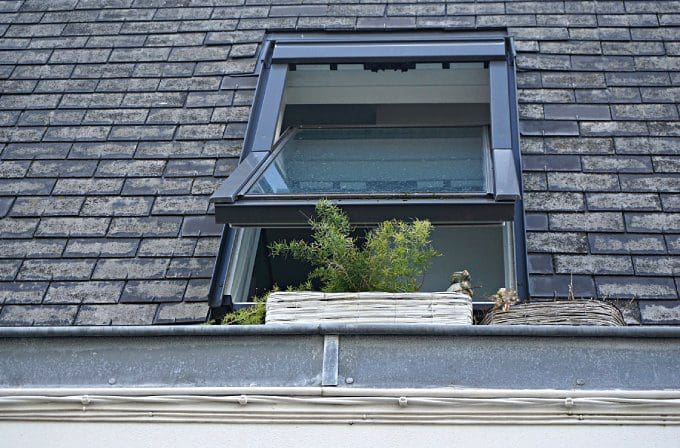words Al Woods

The roof of a home is one of the most important components responsible for keeping you and your family safe. Damage to the roof can lead to structural damage, water intrusion, and potential health hazards such as mold. For this reason, it’s essential to regularly inspect your roof for signs of any issues that need to be addressed. Although you may need to consult with a professional for major repairs, there are some essential steps you can take to detect and fix roof issues.
1. Inspect the Roof
The first step is to conduct a close inspection of your roof from both inside and outside the home. Look for signs such as buckling shingles, cupping boards, dark streaks, or other indications that something is wrong. If you can’t get onto the roof safely, use binoculars to inspect distant areas. Namely, if you had a hail storm, check for any dents in the shingles. When it comes to hail roof damage in South Texas, for instance, it can be more frequent and more severe than in other regions. If you procrastinate on inspecting your roof, the repair costs will skyrocket. Make sure to fully inspect your roof now in order to ensure that any issues are quickly addressed and fixed!
Frequent checks should be conducted to identify signs of wear and tear. Sand Diego county homeowners are advised by El Cajon’s trusted roofing specialists to set a reminder to check their roofs at least twice a year, preferably in spring and fall when the weather is mild. This will help you catch any problems early and avoid costly repairs down the line.
2. Clean Your Gutters and Downspouts
Another way to detect roof issues is to regularly clean your gutters and downspouts. Clogged gutters can cause water damage to your roof if the runoff isn’t draining properly. Check for signs of water overflow and make sure the downspouts are free from debris such as leaves or dirt.
Also, take a look at your roof’s flashing. Flashing is the metal that lines the edges of your roof, and it helps to keep water out. If it’s bent or damaged in any way, you may need to repair or replace it.
3. Trim Tree Branches Away From the Roof
Overhanging tree limbs can rub against your roof, causing damage to the shingles and other materials. Make sure to regularly trim branches away from the roof to minimize the risk of damage. The right equipment, such as a ladder and pruning shears, can make this task easier.
In addition, look for signs of debris such as pine needles, leaves, or twigs that have accumulated on the roof. These can trap moisture and cause rot over time. If needed, hire a professional to do the job for you. The process is often more complex than it appears.
4. Repair or Replace Damaged Areas

If you detect any damage, you’ll need to decide whether it can be repaired or if it requires replacement. Minor issues such as missing shingles can usually be repaired without much difficulty. However, you may want to consider hiring a professional roofer in Kent to assess the situation and take appropriate action if there is more significant damage.
Even more so, if your roof is more than 10 years old, it may be time to consider a replacement. Replacing the entire roof can be costly but will ultimately provide you with a safer, sturdier structure that will last for many years to come.
By following these steps, you can detect and fix roof issues before they become costly or dangerous. Regular inspections, maintenance, and repairs are important for protecting your home from damage. If you’re unsure of how to address any problems that arise, it’s best to consult a licensed contractor for an expert opinion. With the right care and attention, you can keep your roof in good condition for years to come.









